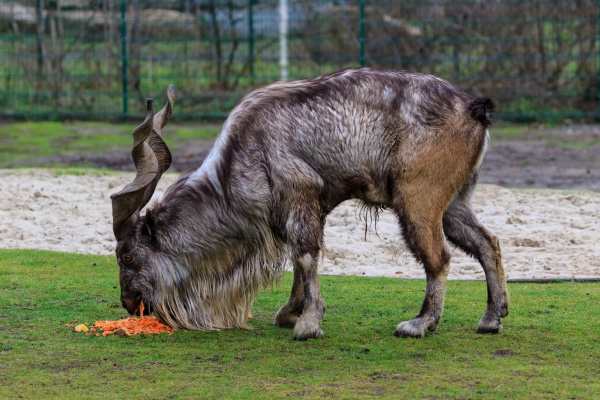Facts About Markhor
The markhor, a large species of wild goat native to Central Asia, the Karakoram, and the Himalayas, has been classified as Near Threatened on the IUCN Red List since 2015. Known for its striking, corkscrew-shaped horns, this majestic animal is revered as Pakistan's national animal. The name "markhor" is believed to derive from Persian, potentially alluding either to its rumored ability to hunt snakes or the serpentine twist of its horns.
Markhors exhibit significant sexual dimorphism; males boast longer hair and more impressive horns compared to females. These goats thrive in rugged mountainous terrains and have a diet that encompasses both grazing and browsing. Their mating season occurs in winter, with a gestation period ranging from 135 to 170 days. They typically live in flocks primarily composed of adult females and their young.
There are several subspecies of markhor, including the Astor, Bukharan, Kabul, Kashmir, and Suleiman markhor. Research has shown that markhors can interbreed with domestic goats, leading to competition for food resources. They face numerous threats, such as predation by humans and other animals, poaching, habitat loss, and trophy hunting.
To combat these threats, various conservation efforts have been implemented. Reserves have been established in Tajikistan and Pakistan to protect the markhor population. Encouragingly, recent studies indicate that conservation strategies, such as community-based conservancies, are making a positive impact. In India, the markhor is fully protected under wildlife protection laws.

 China
China